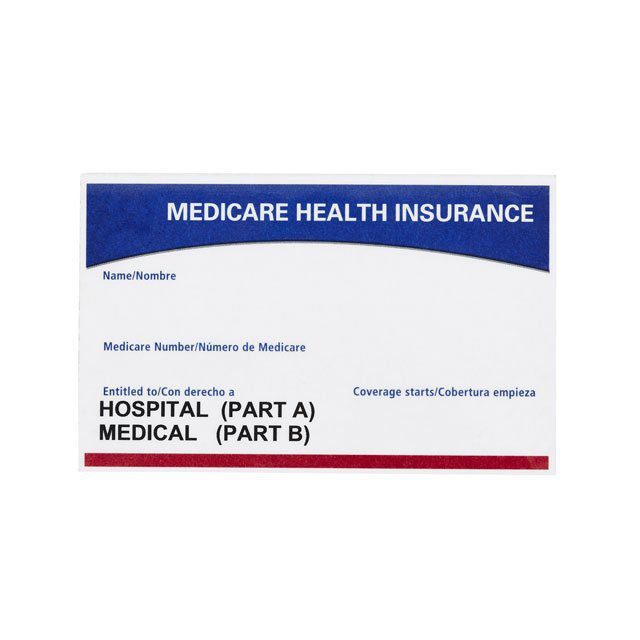Clients' Medicare Premiums and Inflation: A Medicare Customer Question

What You Need to Know
Medicare Part B premiums are up 14.5%.
One reason is increasing use of care.
Another is increases in health care prices.
Consumers in the United States are seeing sharp increases in pricing for a variety of necessary goods and services, as inflation hit its highest point in decades due to a combination of circumstances, including the COVID-19 pandemic and the conflict between Ukraine and Russia.
At the same time, some Medicare premiums have gone up, with Part B premiums seeing a 14.5% increase to $170.10 from last year.
The Question
Can your clients’ Medicare costs increase due to inflation?
The Answer
Some members of Congress will frame increases in Medicare costs as a byproduct of increasing federal spending.
There is disagreement among those who study the program about whether Medicare is affected by inflation.
Some researchers say that Medicare is not impacted by inflation because the program is structured to establish prices for hospitals and doctors.
The increase in premiums for Medicare Part B — which covers physician services, outpatient hospital services, certain home health visits, durable medical equipment, and other medical and health services not covered by Medicare Part A — is based in part on rising prices and utilization of health care across the country’s medical system.
Year-over-year premium increases are a common occurrence.
In addition, the Health Insurance Trust Fund maintains a contingency reserve for unforeseen increases in health care spending, such as rising prescription drug costs.
Specific to this year, as part of a government funding bill earlier in the pandemic, the annual Part B premium increase for 2021 was capped at 25% of what it otherwise would have been.





